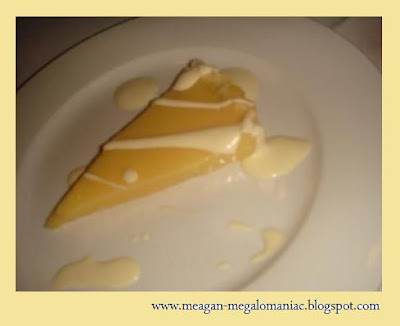
Most people find it strange that being from India, Indian food is not second nature to me – I seldom eat nor cook Indian food. Part of the reason is that growing up in a household dominated by my Anglo-Indian mother, majority of home-cooking were non-descript Anglicised Curries – be it Chicken Curry, Liver and Heart Curry, Vindaloo, Mulagtwani to a series of British-Americanised comfort classics like Mixed Grill Dinners, Shepherd’s Pie, Spaghetti Bolognaise, Mac & Cheese and Fish n Chips. Because of this amalgamation of ‘mixed-cuisines’ that I was brought up on, Indian food is very much a dining out cuisine, that I relished on visits to restaurants or friends houses. While my mother is a fantastic cook, her Indian food leaves a lot to be desired and said (let’s just leave it at that!).
Living in Australia the last year and a half, has made me aware of my foodways, because of curious friends as well as a response to identify, associate and align oneself in a sense. In fact so much so that it propelled an investigation into the nuances of regional cuisine of India. Recently I made use of the talent of Arya, a Tandoor Chef and fellow classmate who studies with me at Regency, TAFE Cooking School. He helped me whip up several kinds of kebabs, (appetiser bites of chicken, vegetables and minced each flavoured with several different spices), biriyani (layers of fluffy white, Basmati rice and mutton spiced with a fragrant, robust and pungent masala) and bengan saalan (spicy eggplant curry).
Eight weeks in the commercial kitchen whipping up classical French cuisine day in and day out I figured it was time to try my hand at something Desi. So here it is my first attempt at Indian with a little recipe guidance by Alfred Prasad, Head Chef of
Tamarind, London's only Michelin starred Indian restaurant. Robust flavours meld together to create an overall mellow masala. Neither too hard to follow nor top spicy to handle, this step-by-step recipe yields a satisfyingly piquant prawn curry.
Ingredients: 600 g prawns, shelled and de-veined, (I like to leave the tails on for presentation); 2 medium onions, finely diced; 4 medium tomatoes, finely diced; 4 tbsp vegetable oil; 2 cinnamon sticks; 4 cardamom pods; 4 cloves; 2 green chillies, finely chopped; 2 tbsp ginger and garlic paste; salt to taste; ½ tsp turmeric powder; 1 tsp red chilli powder; 1 tsp coriander powder; 1 tbsp cumin powder; 1 tbsp tomato paste; 2 cups (500ml) hot water; ½ tsp garam masala powder; ½ bunch coriander leaves
Method: Put a large non-stick frying pan over a medium heat. Add 3 tbsp vegetable oil, 2 sticks of cinnamon, 4 cardamom pods and 4 cloves. Fry for about 30 seconds, stirring continually. Add the onions and green chillies to the pan, and fry for about 5 minutes or until the onions are a light golden brown. Stir frequently to stop the onions burning.
Add 2 tbsp ginger and garlic paste. Stir well for a couple of minutes. Add in the spices: ½ tsp turmeric, 1 tsp red chilli powder and 1 tsp coriander powder; ½ tsp garam masala and fry for 5 minutes over a low heat, stirring frequently.
Add the finely chopped tomatoes followed by 1 tablespoon of cumin powder. Then stir. Add 1 tablespoon of tomato paste and stir it in. Add a cup of water and keep stirring until the water is absorbed. Turn the heat down, put the lid on, and leave to simmer for 10-15 minutes, or until the oil separates from the dish and rises to the top.
Turn the heat back up to high and add the prawns to the pan. Then stir in a generous pinch of salt. Stir, then put the lid on and bring the heat down. Leave for about 10 minutes or until the prawns are cooked. check occasionally. The prawns are done when they turn pink and opaque. When they are ready, turn the heat off.
Finely chop the coriander and save a couple of good leaves to garnish. Now stir in the coriander to finish the dish. Lay the coriander leaves onto the curry, and serve.













































+w+Grilled+Eggplant,+Red+Peppers+%26+Balsamic+Glaze.jpg)



















